Dorob National Park is located along the coastline of Namibia, near the central part of the country. The park alone covers an area of 3,011.6 square miles (7,800 sq km). It was the first national park in the country to establish zones for separate purposes that are reflective of the needs of the continent as a whole.
The park neighbors up to Namib-Naukluft National Park and Skeleton Coast National Park, creating a combined 41,520 square miles (107,540 sq km) protected shoreline. Dorob extends 990 miles (1,600 km) along the coastline, creating a protected area from the Kuiseb Delta north to the Ugab River.
The coastline of Namibia is at the heart of the national park. It is characterized by sandy beaches, high coastal dunes, dune hummocks, and gravel plains. Ironically, the desert terrain is home to the most extensive network of ephemeral rivers in the country.
Walvis Bay Lagoon is recognized as a Ramsar Site reflecting its wetland value to the birds and wildlife species. The park is renowned for its population and diversity of bird species.
The vegetation of the dune hummocks, pencil bush, dollar bush, and shepherd’s tree, along with the lichens, support the wildlife residing in the national park borders. The lichen field is one of the largest in the world.
Some of the popular wildlife species include springbok, oryx, and zebra along with some of the predators, including hyena and jackal. The shorelines are also home to cape fur seal, while dolphins can be seen swimming offshore at times. Birdwatchers appreciate exploring Dorob with over 270 species of birds nesting and migrating through the park area.
Photos
Things to See
Dorob National Park Trails
Although Dorob National Park is more renowned for its coastal wildlife and shoreline landscapes, there are hiking trails available to trek and enjoy the outdoor adventures of the area. The majority of hiking opportunities are connected to the four campsites strategically placed in the park.
Park Protection
Dorob National Park was created to protect the astounding coastline of Namibia and the ecosystem that supports over 270 species of birds. Dorob National Park collaborates with Skeletal Coast National Park and Namib-Naukluft National Park, creating one extensive megapark that protects almost the entire coastline of Namibia. This larger protected area is the largest in Africa and the sixth-largest in the world.
The park also protects one of the largest lichen fields in the world, which has also been recognized as an Important Bird Area. Protecting the lichen fields is a priority because the damage is permanent. While investing in the lichen, the park is also protecting the Damara Tern, which is an endemic bird, and this coastal ecosystem serves as its breeding grounds.
The government works carefully to establish well-protected areas invested in the ecosystem while also creating areas that allow for adventure tourism.
Sources
- Explore Africa, Dorob National Park, https://www.exploring-africa.com/en/namibia/dorob-national-park/dorob-national-park, retrieved August 2020.
- Info Namibia, Dorob National Park, https://www.info-namibia.com/activities-and-places-of-interest/swakopmund-surrounds/dorob-national-park, retrieved August 2020.
- Ministry of Environment, Dorob National Park, http://www.met.gov.na/national-parks/dorob-national-park/216/, retrieved August 2020.
- NACSO, Dorob National Park, http://www.nacso.org.na/national-parks/dorob-national-park, retrieved August 2020.
- Namibia Tourism, Dorob National Park, http://www.namibiatourism.com.na/blog/Dorob-National-Park retrieved August 2020.
- Travel News Namibia, Dorob National Park, https://www.travelnewsnamibia.com/news/stories/destinations/a-park-of-extremes-dorob/, retrieved August 2020.
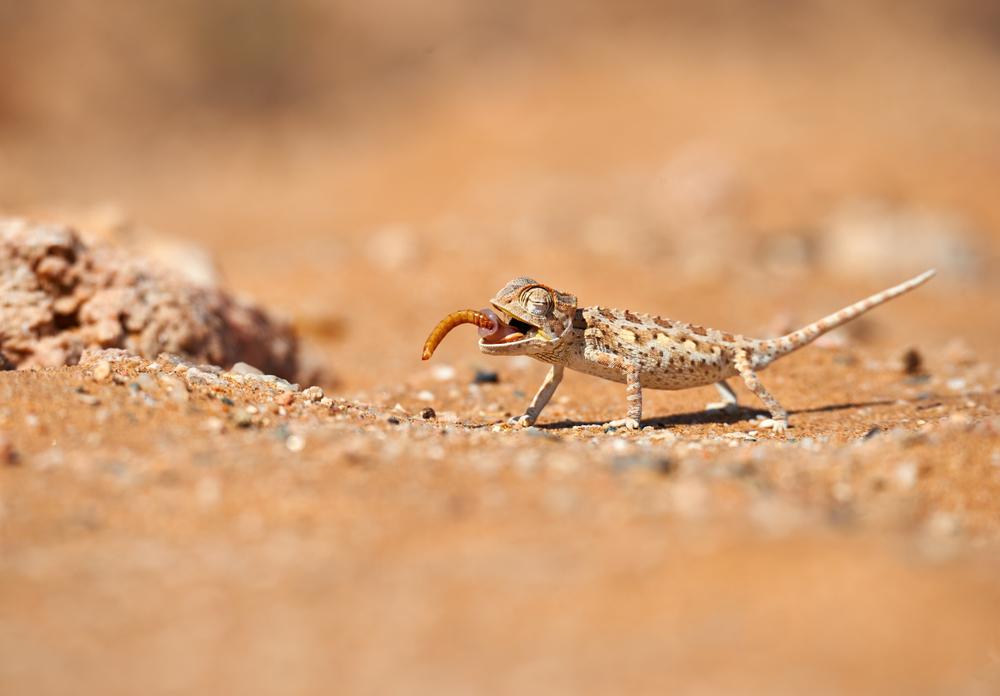


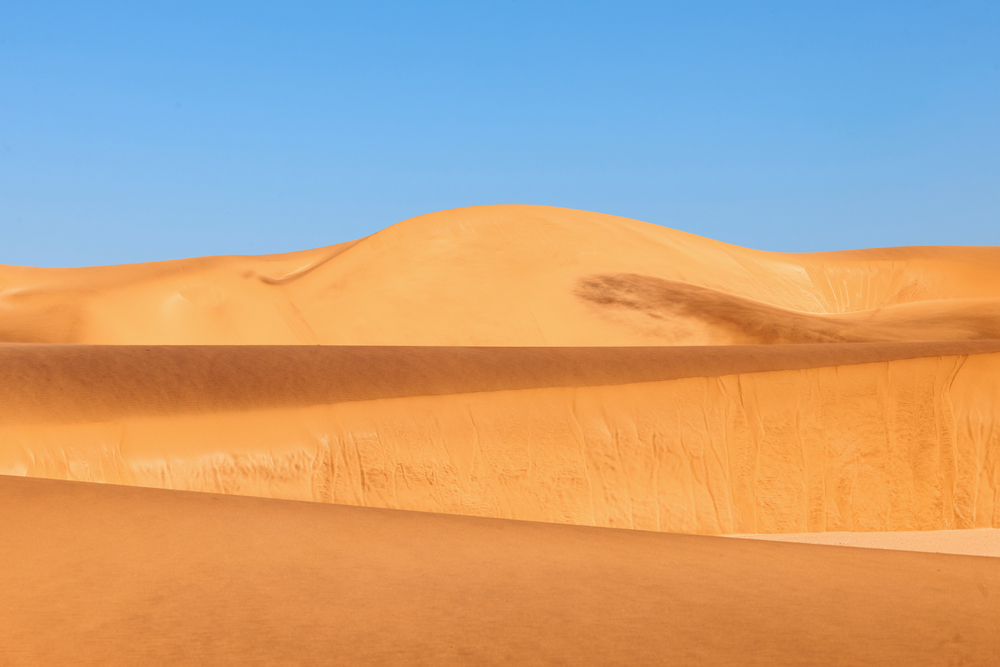
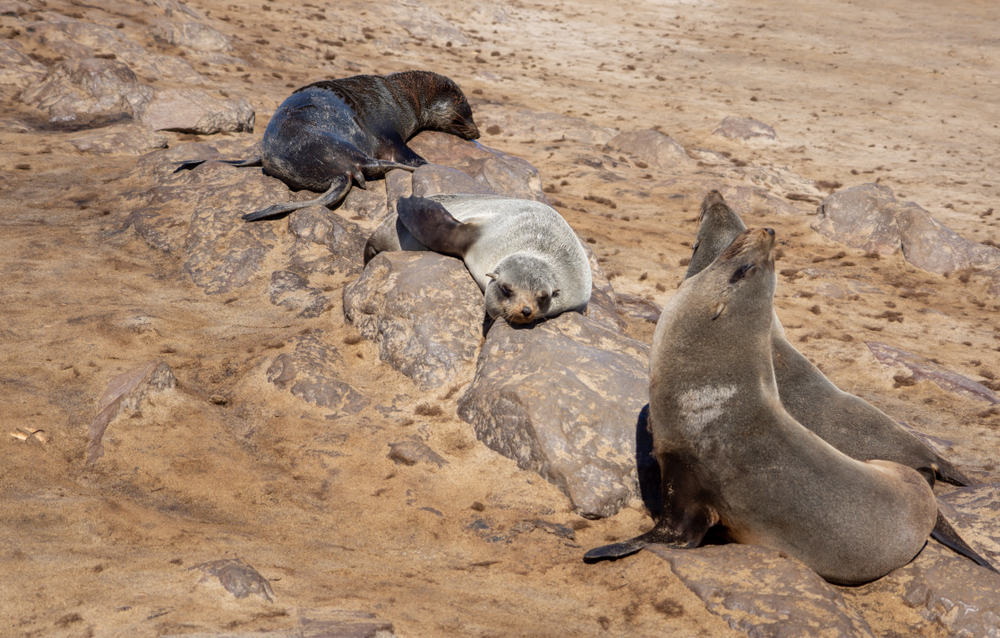
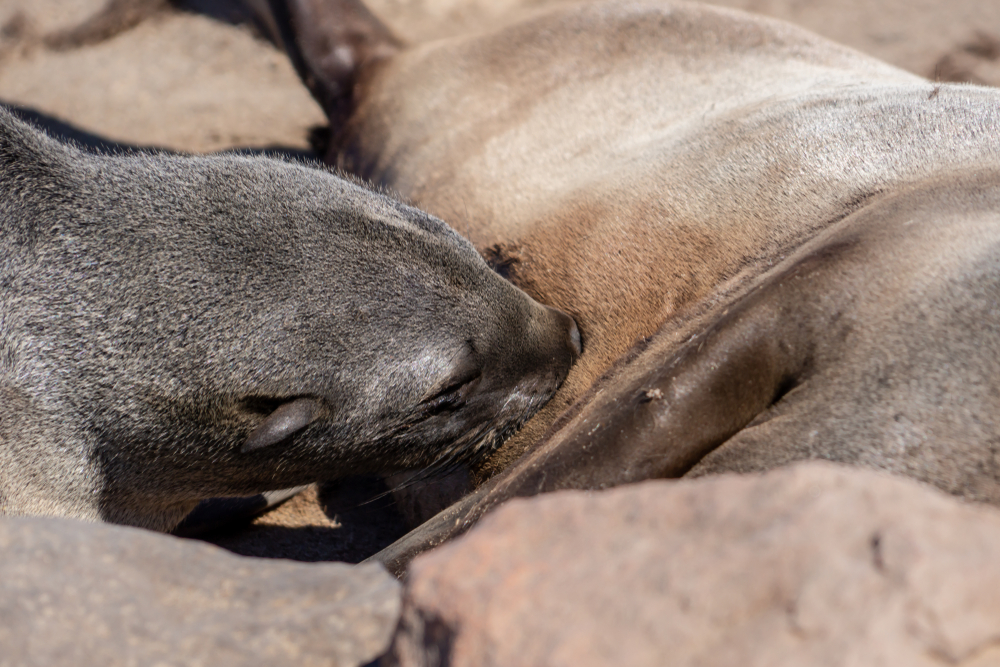
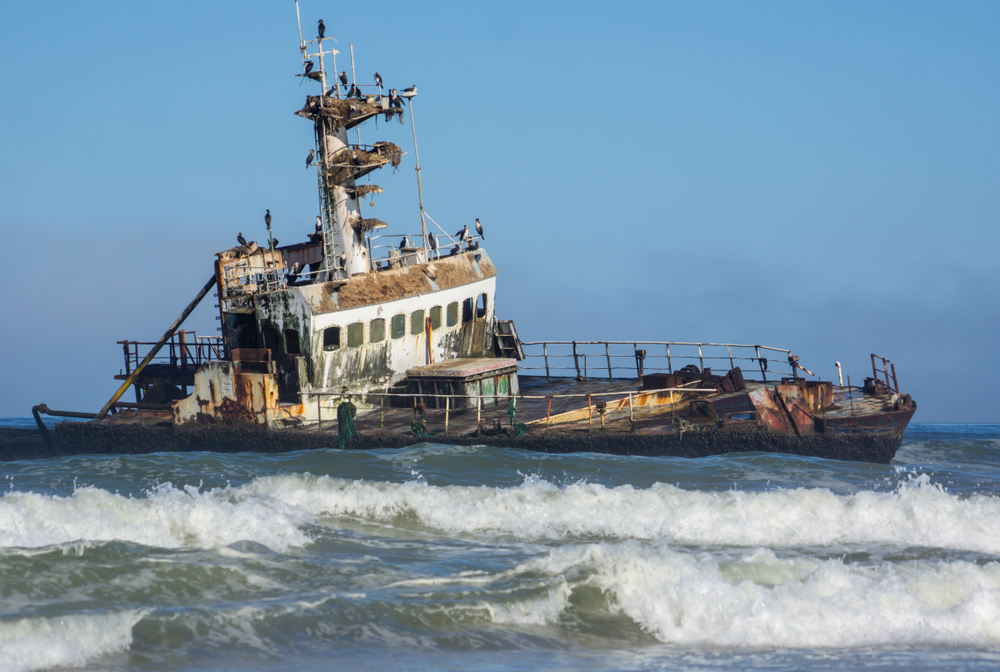
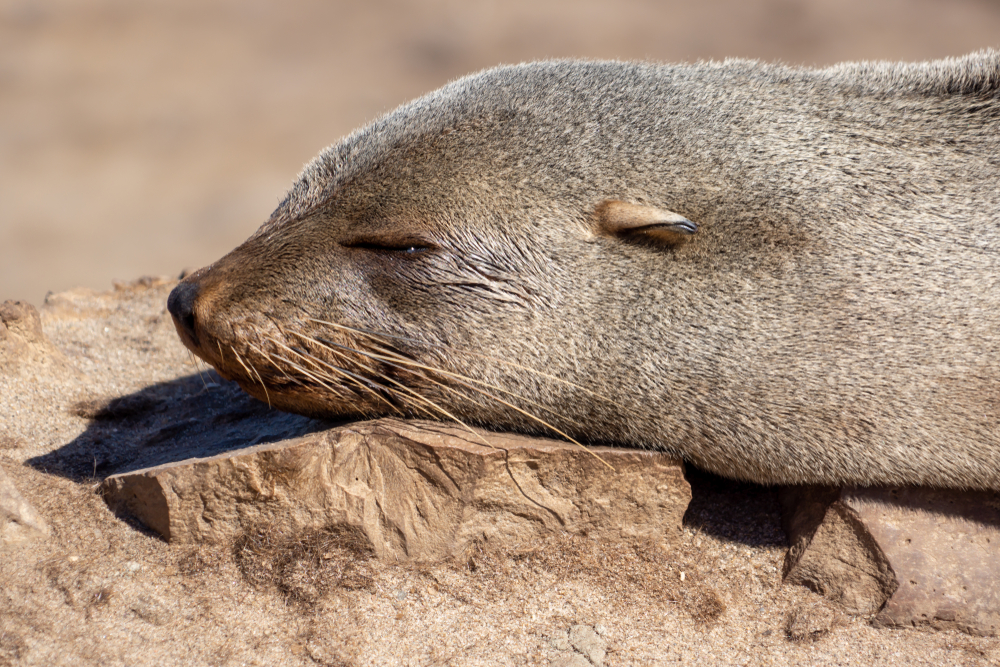
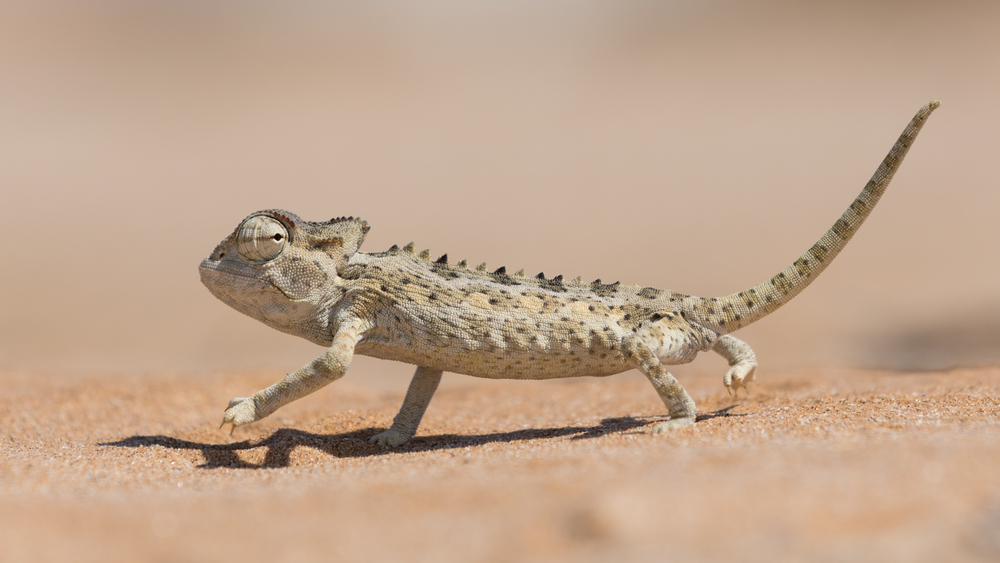
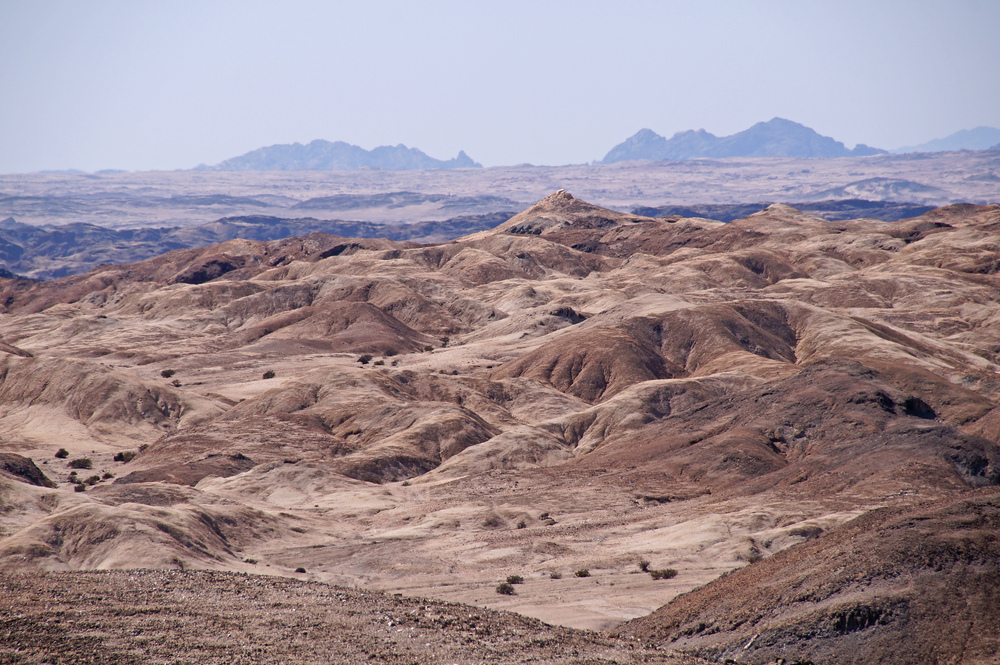
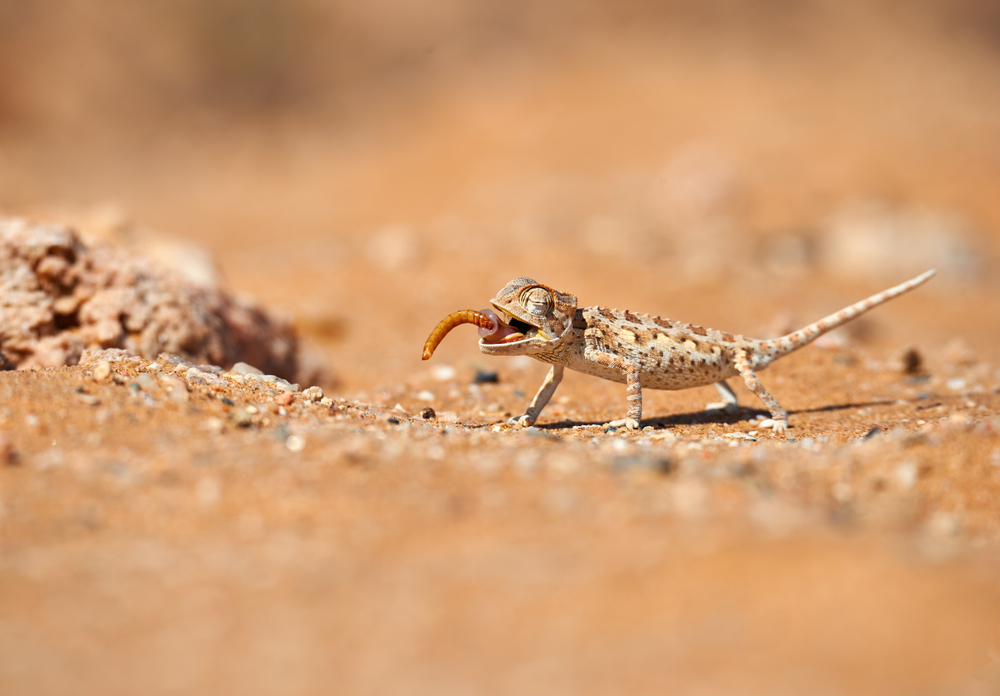

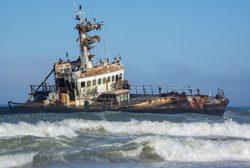 Shipwrecks
Shipwrecks